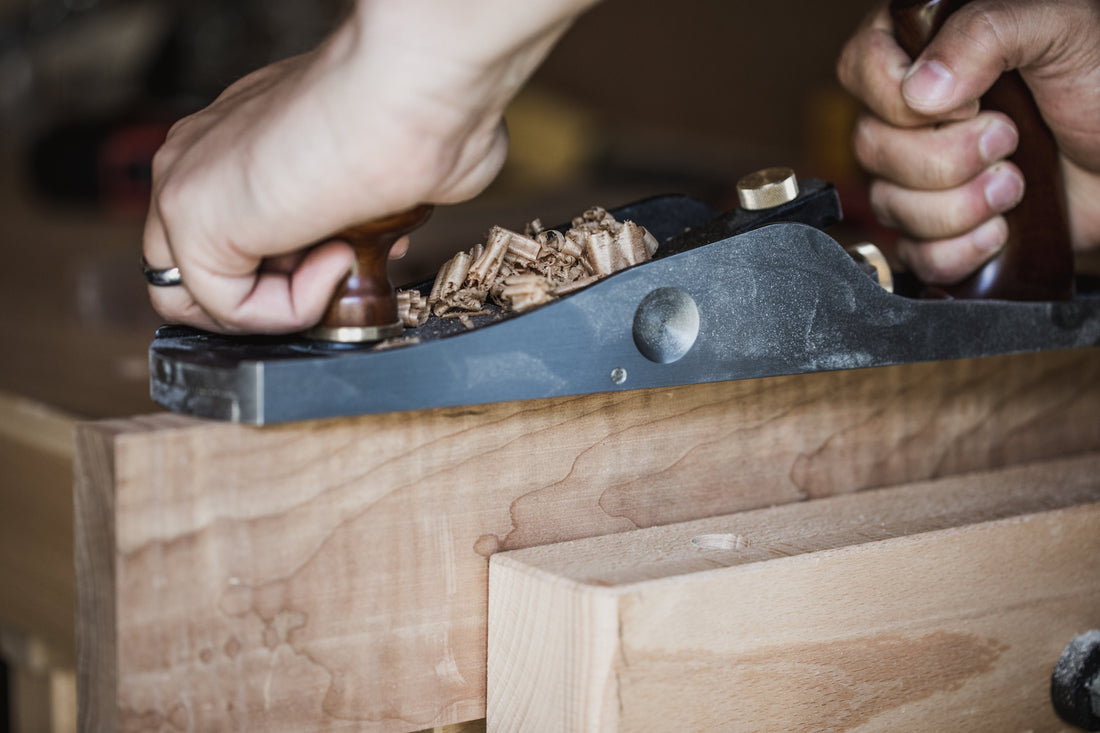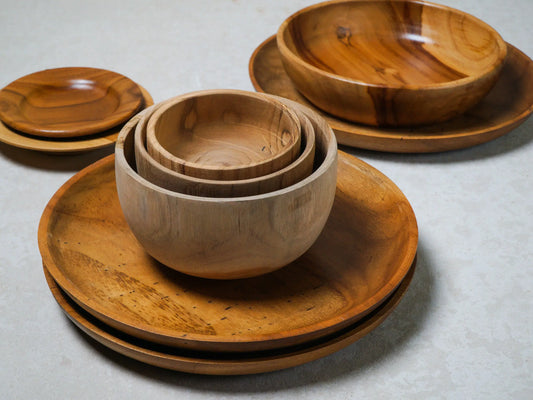About repairing woodwork
It is said that the longer you use woodwork, the more you will become attached to it, and it may even live your life. A few scratches, cracks, cracks, etc. are even like a medal that survived history, and many people have their own half-life. However, it is the world that scratches may leave an unforeseen influence on posterity. It is desirable to be able to repair quickly, and woodwork products must be able to survive even healthier. It's a good idea to ask a professional, but sometimes you can repair it yourself as long as you have the tools. All you need is a file, each paint, an adhesive that suits your purpose, a shavings to fix, and a love for woodwork.
Woodwork products that can be repaired by yourself and cases that cannot be repaired
Be aware that some repairs can and cannot be done by yourself. It is necessary to carefully consider whether or not to leave it as a memorial, as well as what you can do and how much failure you can tolerate, because you want to taste the scratches and defects.
Repair of solid wood woodwork
Solid wood woodwork that takes advantage of the texture of wood may be unpainted, but most are oil-painted. Not only unpainted products, but also oil paint has no paint film, so it is easy to get dirty and scratched, but there is a high possibility that you can repair it yourself.
Repair of urethane coated products
Most of the relatively inexpensive furniture in mass retailers is urethane coated. Urethane-painted products can also be found in woodwork products. Since the coating film is thick and hard, it is hard to get scratched, but the disadvantage is that it is extremely difficult to repair once it is scratched. We recommend that you ask a professional for repairs as you will need special painting equipment.
Repair of cracks and chips
It is a case-by-case basis for cracks and chips in parts. In recent years, know-how has been published on YouTube etc., so taking on the challenge is one option. Or you can either tolerate cracks and chips as a taste, or ask a professional. However, be prepared for high-priced woodwork products to be reasonably priced when you request repairs.
Can you do it yourself? How to repair woodwork
Touch pens and repair sheets are used by furniture stores and moving stores to repair scratches on walls and flooring. There are various types, and there are products on the market that are indistinguishable from the real thing. If you want to go one step further and create a more natural texture, you can use sanding to blend it with the surroundings or fill it with putty. However, please note that it may be a difficult task depending on the woodwork product with the coating film and the range and depth of the scratches. Let's also consider leaving it to a professional.
Try using a stylus or repair sheet?
Scratches on walls and pillars can be made inconspicuous with a stylus or repair sheet, but using a stylus or repair sheet for woodwork tends to hesitate. However, it is a fact that it is the easiest method. There are a wide variety of stylus colors and sheet wood grain products on the market, so it is not so difficult to choose a product with the appropriate color and wood grain. Before repairing, it is necessary to remove dust and dirt from the scratched area, and in some cases sanding is also required.
Erasing scratches by sanding
For solid oil-painted wood, apply a wet towel to the scratched area and warm it with an iron. Then, the scratched part that has absorbed moisture will swell and become easier to scrape. If the scratches swell, it's sanding. It's standard to start with coarse sandpaper and work your way down, but be careful not to over-shave it over a wide area. It's OK if the scratches are not noticeable by sanding. Soak the oil finish in kitchen paper and apply it to complete the process.
Repairing chips and dents
Take as much commercially available wood putty as you need and knead it with your fingers. Apply primer or superglue to the defect and stuff it with putty. When it dries, cut off the excess part and blend it with the surroundings by sanding. Once you get used to it, paint while adjusting the color and you're done. However, there are cases where the color of the putty changes only. Since toning also requires some skill, it is safe to leave a wide range of putty filling to professionals.
Joining cracks and cracks
For cases such as cracks, cracks, or broken chair legs, there is a method of gluing with wood glue. The point is to apply a generous amount to the joints without any gaps. After applying, fix it with a hatagane etc. and wipe off the protruding bond with a wet towel. Leave it for about a day until the bond is completely dry, and in some cases drive in a thin screw to reinforce it. Finish by painting while blending in with the surroundings so that the adhesive surface and the head of the screw cannot be seen.
Woodworking products that will be a taste and a memory even if there are scratches or chips
Just as vintage furniture is traded at high prices, woodwork is often scratched and added to its value. Wine, woodwork, and people alike get deeper in taste over time. If it's a memory to repair with DIY, it's also a memory of the scratch itself. It is said that even after the tree is processed, it will live the same year as it lived as a tree. Woodwork is an irreplaceable partner to live with, beyond the scope of things. HAND in HAND sells solid wood products by top craftsmen and returns part of their profits to forest conservation activities.




